
When the distance between the driving shaft and the driven shaft is relatively long, it is not suitable to use direct transmission methods such as friction wheels or gears, and flexible connections can be used to transmit power, which is flexible transmission. Flexible transmission in low-cost automation generally uses conveyor belts, chains, rope mechanisms, etc. to achieve the purpose of transmission.
Chains and sprockets are used in combination to transmit power efficiently, but conveyor belts and ropes use the friction generated when they contact each other to transmit power. The greater the friction, the greater the power transmitted. The possibility of slipping over time is relatively high, especially ropes, so generally do not use ropes to transmit power in occasions where the precision requirements are very high or very important. Commonly used are mainly conveyor belt mechanism and chain mechanism.
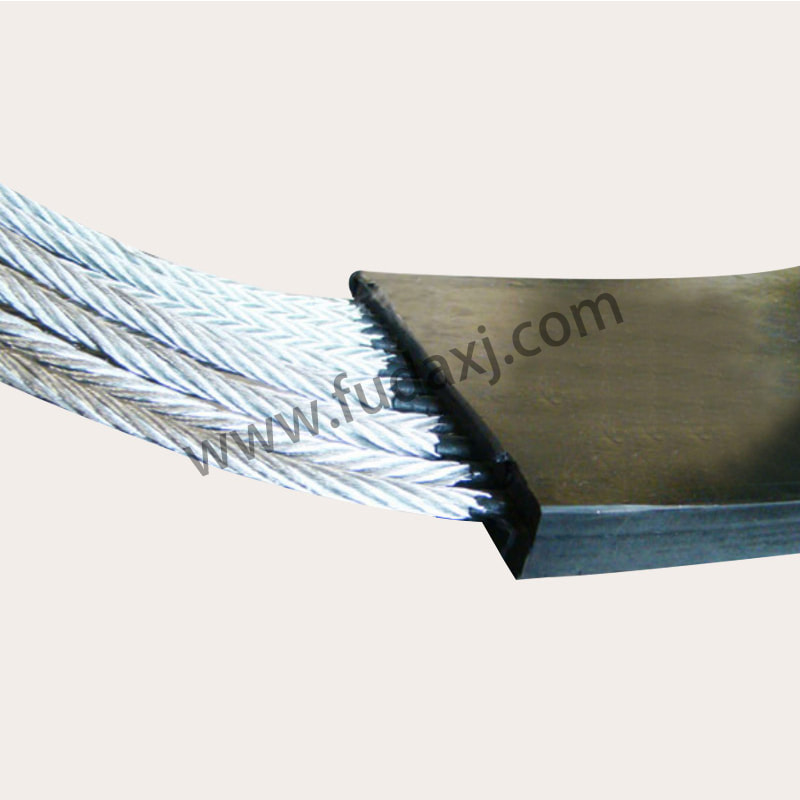
The working principle of conveyor belt, chain, and rope mechanism in low-cost automation: belt transmission transmits motion and power by the friction between the contact arc between the belt and the pulley. It is easy to talk big, the transmission ratio is not accurate, and the mechanical efficiency is relatively low. The chain drive has no elastic sliding and slipping, the transmission ratio is accurate, and the mechanical efficiency is high. Both convert rotary motion into linear motion.
 English
English 简体中文
简体中文 Español
Español عرب
عرب
 English
English
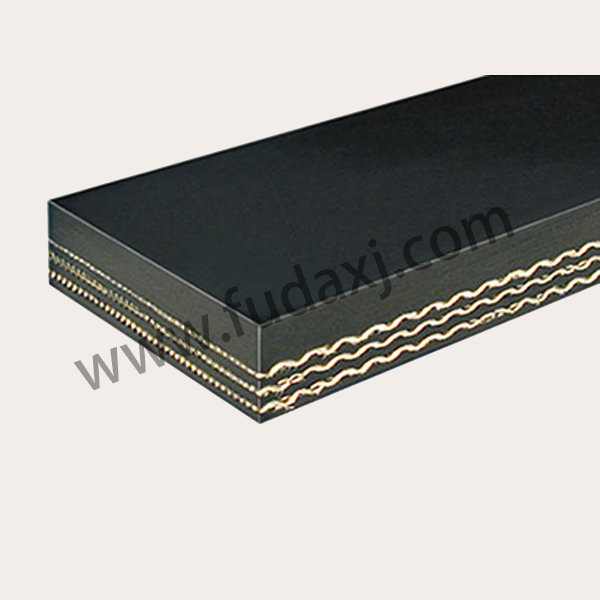
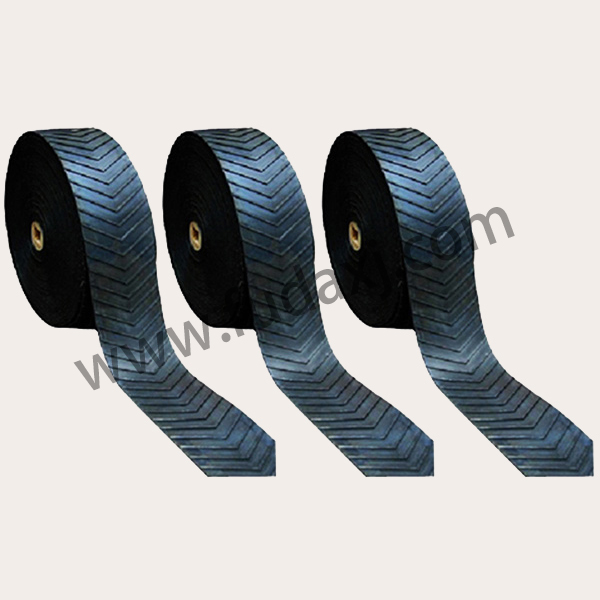
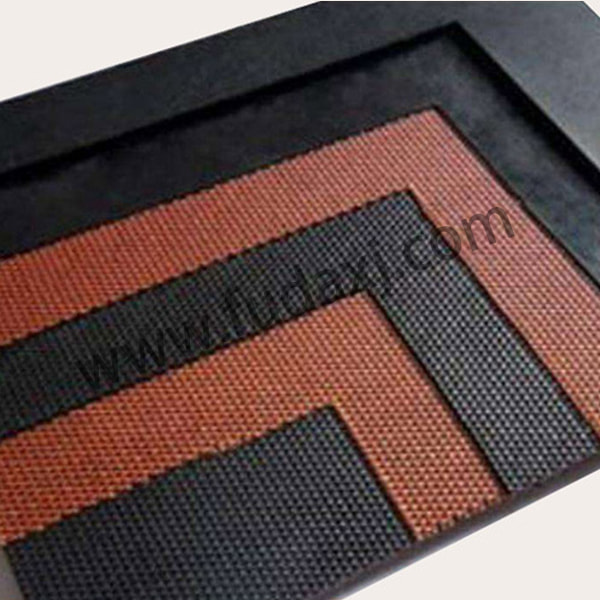

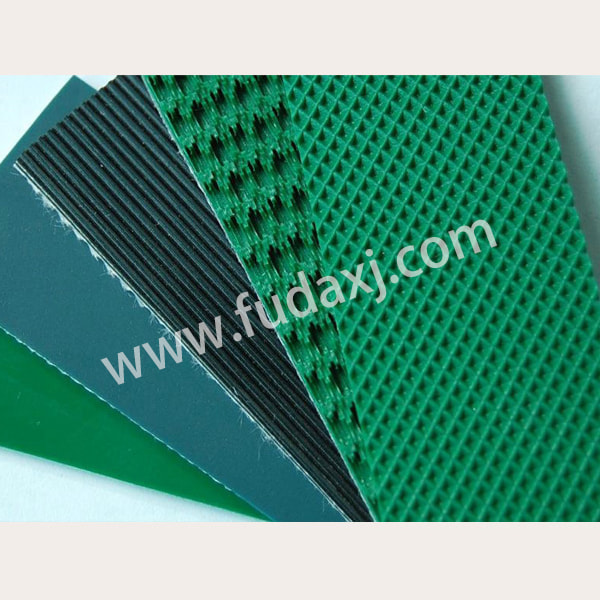
 Fax: 0086-576-83019528
Fax: 0086-576-83019528